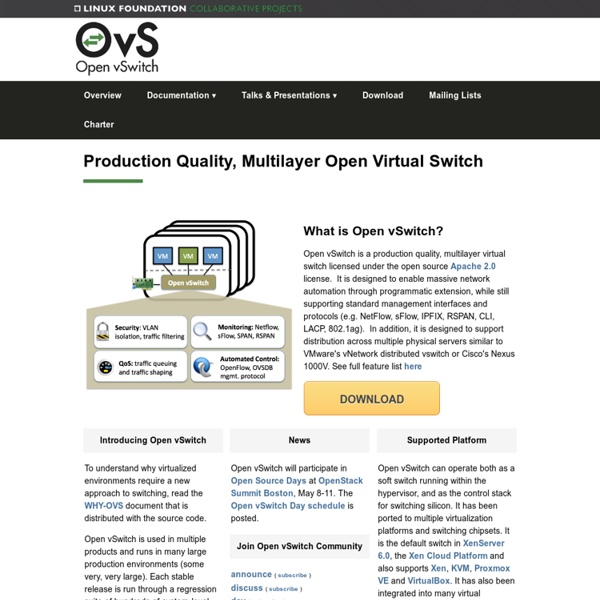Home » OpenStack Open Source Cloud Computing Software
Contrail Wants to Be an SDN 'Compiler'
Software-defined networking (SDN) is often described as a way of programming the network. Wouldn't it make sense, then, for someone to offer a compiler for the network? That's what startup Contrail Systems wants to do, as executives explained to Light Reading this week.
openDCIM - Open Source Data Center Infrastructure Management
s One Platform Kit (onePK) [Networking Software (IOS & NX-OS)
onePK is an element within Cisco's Open Network Environment software-defined networking (SDN) strategy. onePK is an easy-to-use toolkit for development, automation, rapid service creation, and more. With its rich set of APIs, you can easily access the valuable data inside your network. Build or extend applications from your routers and switches to servers and new business platforms. Automate current services or create new ones on demand, when and where you need them and faster than ever. onePK makes your network more powerful and flexible while giving you the control you need. Users also have access to an all-in-one development environment that includes simulated network elements. Designed for Flexibility
Overview — InaSAFE 1.0.1-final documentation
OpenFlow - Enabling Innovation in Your Network
Graphical Network Simulator - GNS3



